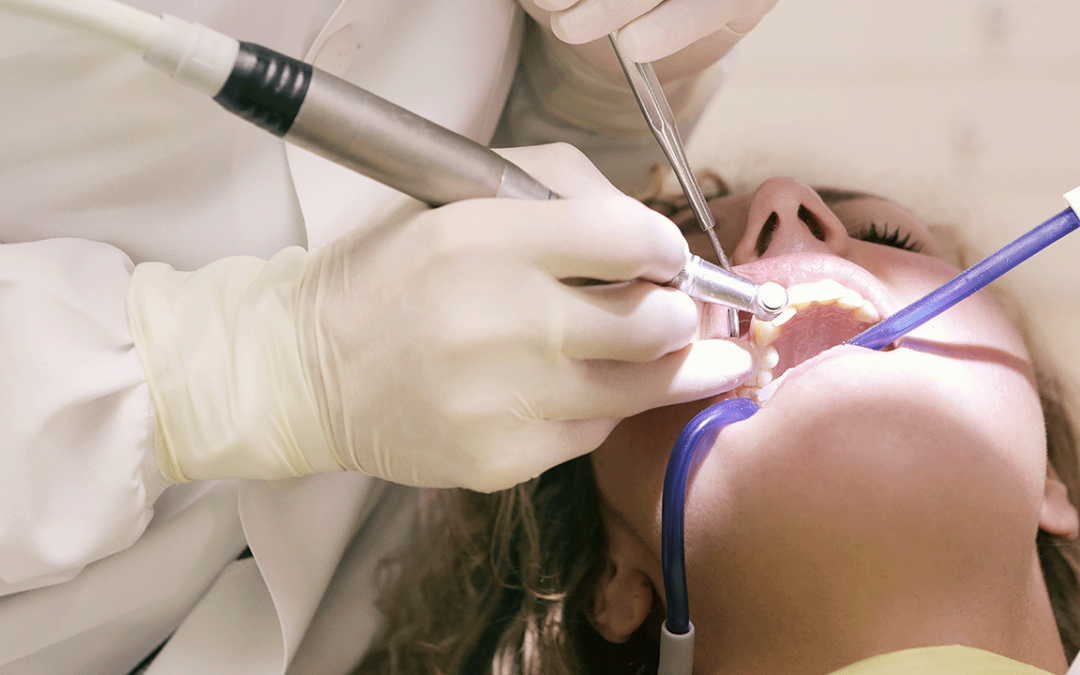If you’ve lost a permanent tooth, getting a dental implant is the most effective way to restore your smile. Dental implants are prosthetic teeth that are surgically implanted into the jaw. Not only do dental implants repair your smile, but they also help to restore the structure of your jaw. Mill Dam Dental Care is a leading provider of dental implants throughout the Virginia Beach area. Dental implant surgery is an intensive procedure, so it’s important to know what to expect ahead of time. How long does it take dental implants to heal? In general, patients have an initial healing time of two weeks followed by a longer recovery and integration period over the next six months. However, the exact healing time will vary between patients. In this article, we’ll take a closer look at dental implant surgery and what to expect from the healing process.
The Dental Implant Process
Getting a dental implant is a multi-step process that typically requires several appointments over a period of months. Before the process starts, you’ll have a consultation with your dentist to determine if a dental implant is the best solution for your needs. If the tooth you are replacing hasn’t fallen out naturally, your dentist will start by removing the tooth.
The next step is creating the implant. At Mill Dam Dental Care, we use an advanced implant planning software to design and place your implant. We aim to make the implants look and feel as natural as possible. Some patients will also require a bone graft as part of the implant procedure to repair previous bone loss.
The first step in the procedure is placing the implant itself, which sits in the jawbone where a tooth’s root would go. After this step, the patient will need to wait several months for osseointegration to happen. Osseointegration is when the implant naturally fuses with the jawbone. During this period, the patient still has a gap in between teeth.
After the dental implant has healed, the dentist will place an abutment in the implant body. The abutment connects the implant to the crown, or artificial tooth. This process is much less invasive, but may still require some surgery. After the crown has been placed, you’ll need to continue visiting the dentist regularly to monitor your healing.
Initial Recovery Period: What to Expect
After your initial implant surgery, you’ll have an initial recovery period lasting one to two weeks. We recommend taking at least two days away from work or school in order to heal. Keep in mind that you will also need a family member or friend to help you get home after the surgery.
During the first day of your recovery period, you’ll experience swelling in your mouth and jaw as well as some bleeding. The bleeding should slow significantly after the first day. Your dentist will give you detailed instructions on how to keep your mouth clean. You will be able to brush your teeth gently, avoiding the incision site, and will also need to use a prescription mouth rinse.
Pain will be most intense during the first two days after surgery and will then start to subside. Your dentist will prescribe pain medication to help you feel more comfortable during this recovery period.
For the first three to four days, you will need to stick to soft foods and avoid any strenuous activities. After this point, you can resume gentle exercise and slowly start adding solid foods into your diet. However, you should continue to avoid very hard, sticky, or crunchy foods until your dentist has given you explicit permission to eat them.
After the first week, you will have a follow-up with your dentist to check on your recovery progress. Be sure to continue to follow their instructions closely.
Osseointegration
After your initial healing period, you will experience continued recovery and osseointegration over the next two to six months. Osseointegration is essential to the long-term success of your dental implant. Following your dentist’s instructions and practicing good oral hygiene will help your mouth and jaw heal at a good pace.
The length of the osseointegration period can vary significantly based on a variety of factors. If you have low bone density or need a bone graft for your implant, you can expect a longer recovery period than someone with strong bone density.
It’s also important to note that your overall health can affect the osseointegration process. Patients who have chronic conditions like diabetes might experience a longer osseointegration process. Lifestyle factors like smoking or an unhealthy diet can also affect osseointegration.
Signs of Successful Healing
During your follow-up appointments, your dentist will check for signs that your implant is healing successfully. They will gently touch the implant to make sure it is stable and check to make sure you aren’t experiencing prolonged pain or swelling at the surgery site. They will also provide ongoing instructions to promote continued healing.

As you’re healing, it’s important to watch for signs of infection and contact your dentist right away if they occur. Signs of infection include excess swelling and bleeding, worsening pain, a bad taste in your mouth, and even a fever. It’s important to get medical attention right away if you notice any of these problems.
Dental Implants at Mill Dam Dental Care
Mill Dam Dental Care uses state-of-the-art technology and offers responsive, personalized care for our dental implant patients. We provide plenty of guidance throughout the dental implant process to help you heal quickly.
We’re also a leading provider of sedation dentistry services in Virginia Beach and are committed to providing a comfortable experience, even during intensive procedures like dental implant surgery. Have more questions about – how long does it take dental implants to heal? Get in touch with our office today to learn more or schedule an appointment.

